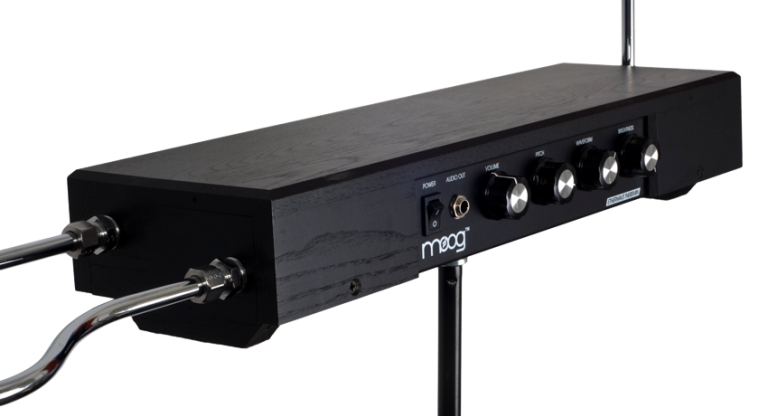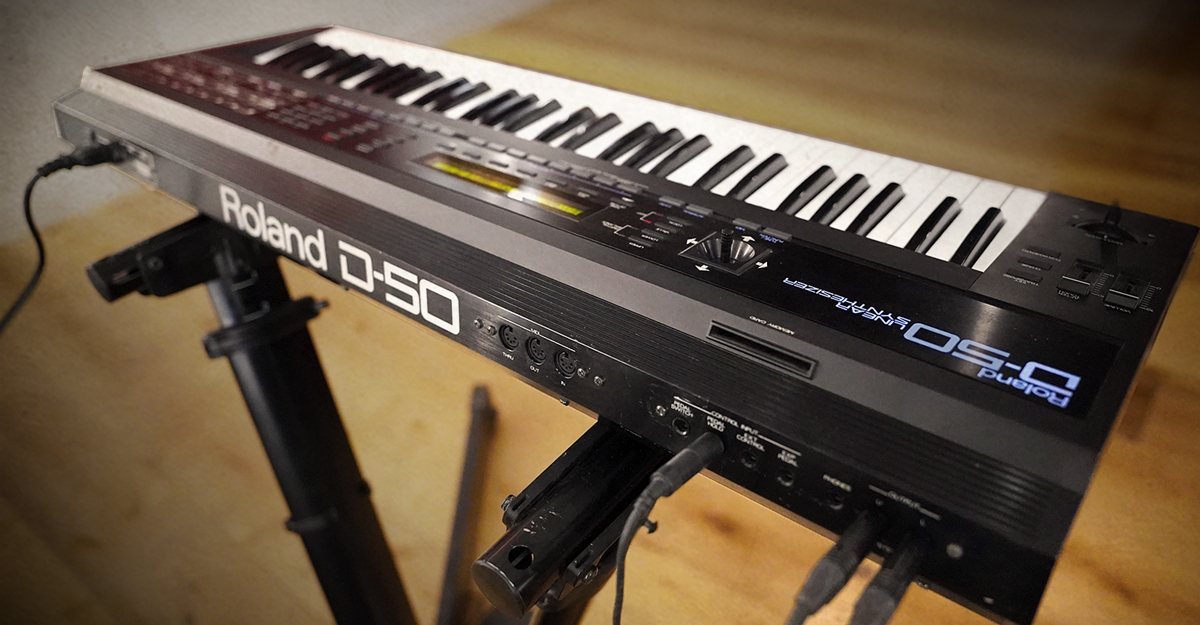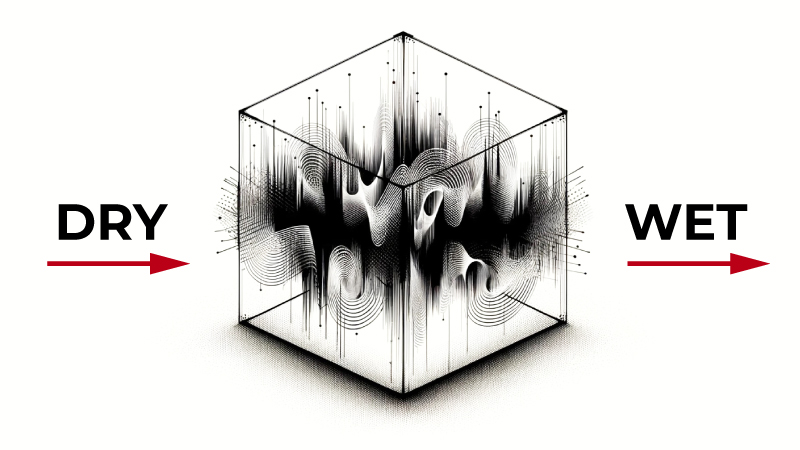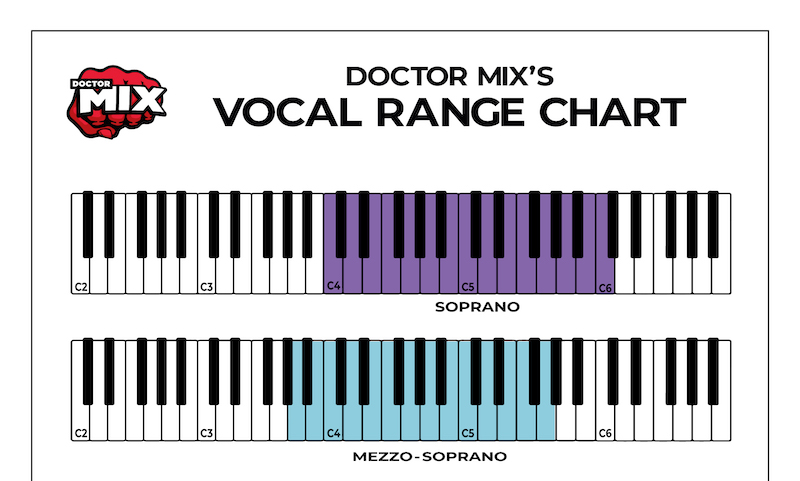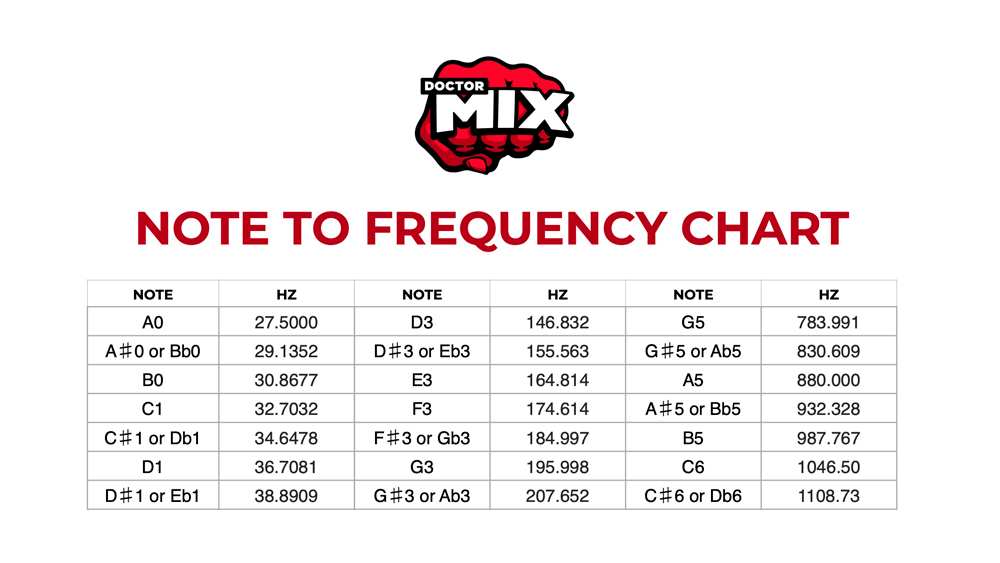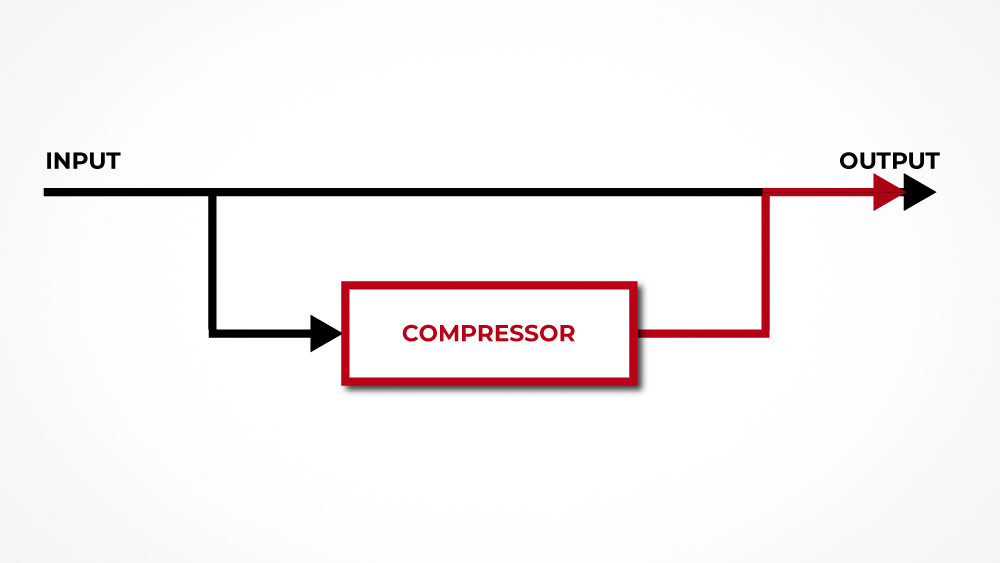Podcast 005 How To Mix Vocals
On our 5th episode we explain how to mix the vocals, using some essential techniques like: filtering the low end, de-essing, compression, parallel treatment, saturation, equalization. We also give examples of common problems and solutions.
You might also want to check out our video course “The Official Guide To Mixing” where we explain and demonstrate in detail the whole mixing process.
On episode 5 of this podcast you will learn about:
– How to prepare before mixing Vocals
– The compression on Vocals
– De-essers and high frequencies
– Parallel compression
– Distortion
– Vocal frequencies
– How to correct some aspect of the recording
– Vocal tuning
– Vocal timing
– How to pan vocal harmonies
On this episode we mention the following gear:
– Urei 1176 Compressor
– Teletronix LA-2A
– Neve 33609 Stereo Compressor
– Tube Tech CL1B
– Thermionic Culture – The Phoenix
– Thermionic Culture – The Culture Vulture Super 15
– AnalogueTube AT-101
If you’re struggling with your mix you can get the Doctor Mix team to do it for you. Please feel free to contact us to tell us about your music project, and we’ll be happy to give you our feedback.

Related articles:
– How To Mix Rock Vocals: 9 Top Tips
– How Can I Make My Mixes Sound Professional?
We mention the following albums/tracks:
– Elephant – The White Stripes
– Elevator (Going Up) – Louie Vega
– Honeymoon – Lana Del Ray
– Saosin – Saosin
Summary:
00.03 – Intro
01.09 – Preparation
03.14 – Compression
08.44 – Deessers and high frequencies
11.13 – Parallel compression
15.12 – Distortion
16.41 – Vocal Frequencies
18.40 – Vocal Recording Correction
24.54 – Vocal Tuning and Timing Correction
Questions:
28.33 – Q&A Time
Q1. I heard a lot of engineers use an LA2A along with a 76 to treat vocals. Can you demonstrate this?
29.46 – Q2. When is it necessary to use axially tracks to treat audio as opposed to directly on the track.
31.12 – Q3. How do you pan harmony vocals?
34.02 – Q4. Currently, what is your favourite album?

